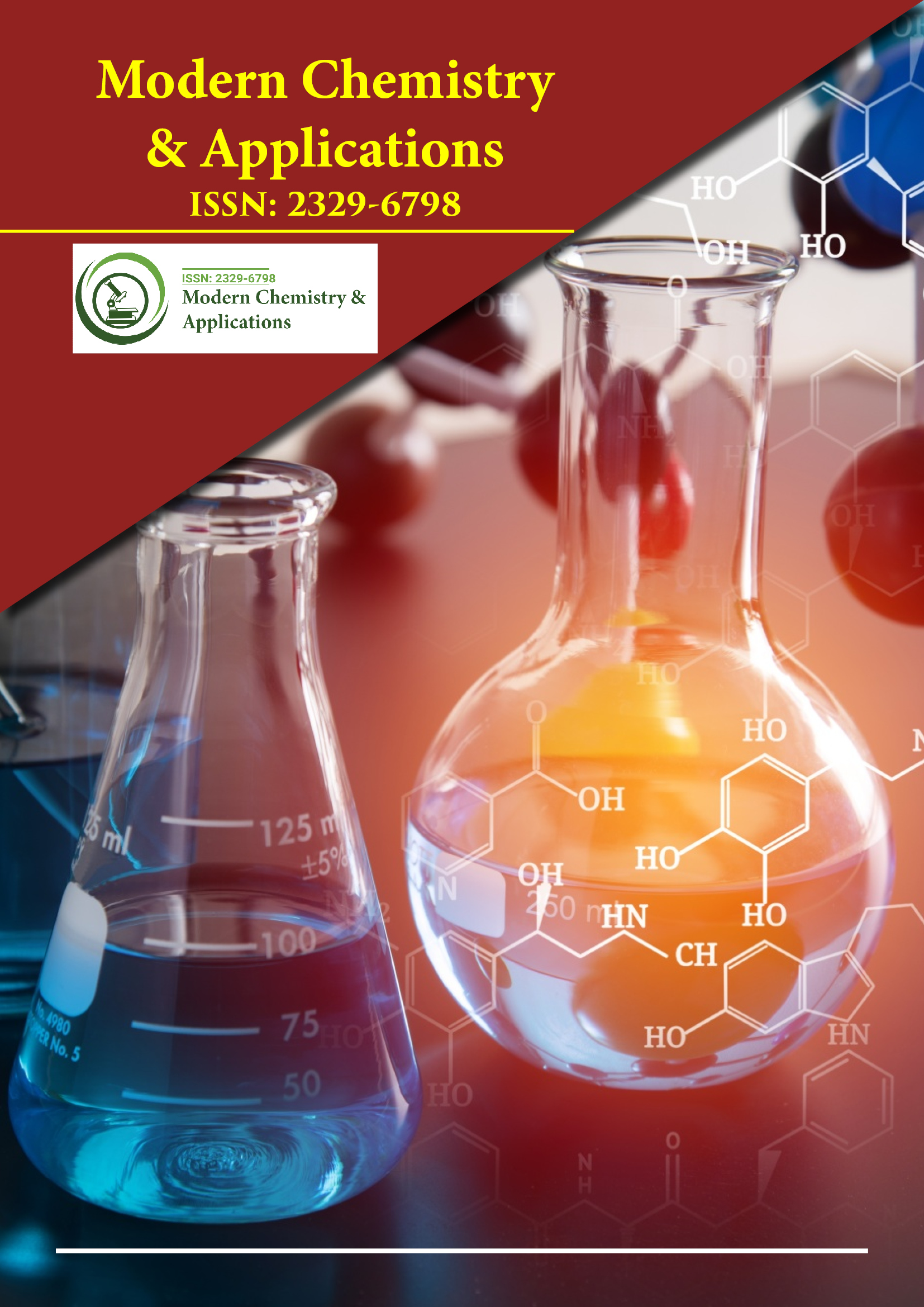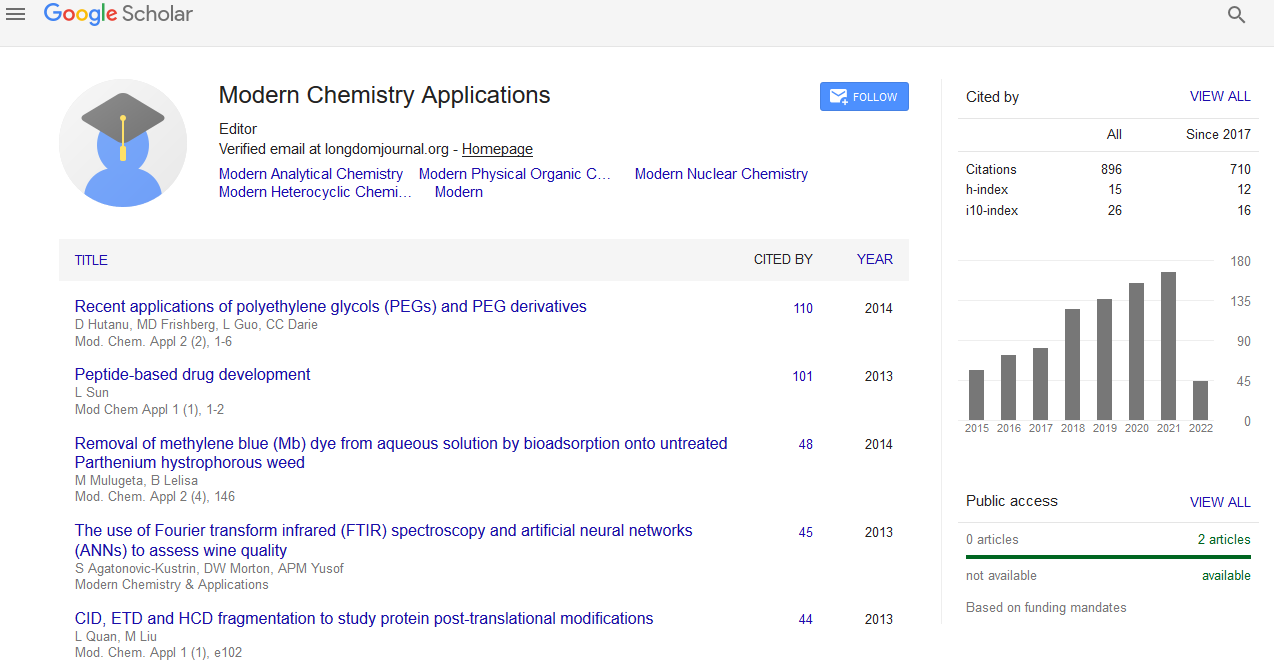Indexed In
- Open J Gate
- JournalTOCs
- RefSeek
- Hamdard University
- EBSCO A-Z
- OCLC- WorldCat
- Scholarsteer
- Publons
- Geneva Foundation for Medical Education and Research
- Google Scholar
Useful Links
Share This Page
Journal Flyer

Open Access Journals
- Agri and Aquaculture
- Biochemistry
- Bioinformatics & Systems Biology
- Business & Management
- Chemistry
- Clinical Sciences
- Engineering
- Food & Nutrition
- General Science
- Genetics & Molecular Biology
- Immunology & Microbiology
- Medical Sciences
- Neuroscience & Psychology
- Nursing & Health Care
- Pharmaceutical Sciences
Optimization of automated pressurized liquid extraction and cleanup of PBDE in animal feed
5th Global Chemistry Congress
September 04-06, 2017 | London, UK
Aleksandr Kozhushkevich, A A Komarov, V V Ovcharenko, A A Shelepchikov, A V Sorokin and A M Kalantaenko
VGNKI Institute, Russia
Posters & Accepted Abstracts: Mod Chem Appl
Abstract:
Introduction: Polybrominated diphenyl ethers (PBDEs) are massively used as flame retardants. They are chemically and biologically persistent, lipophilic, and able to bio-accumulate in fatty tissues and biomagnify throughout food chains. Similarly to dioxins, PBDEs may be transferred from animal feed to lipid-containing food such as milk and eggs. Therefore, there is a need for developing efficient methods of PBDE determination in animal feed matrices. With animal feed matrices, an automated Power Prep system (FMS Inc., USA) has previously been used for PBDE clean-up following manual column extraction and shaking with concentrated sulfuric acid. Our goal was to optimize PBDE extraction and clean-up from a typical feed matrix (fish meal) using a more advanced Total-Rapid-Prep system (FMS, USA) which includes a pressurized liquid extraction module (PLE), multi-column sample cleanup module (Power-Prep) and evaporation/solvent exchange module (SuperVap). Materials & Method: About 10 g of feed were mixed with diatomaceous earth, and then spiked with 100 μl mixtures of masslabeled PBDE congeners and 100 μl mass-labeled PBDE internal standard solutions to monitor recoveries. Extraction was performed on PLE with n-hexane at 1200C and 15 MPa (two static cycles of 20 min each, the purge time 120 s). The extracts were evaporated on SuperVap to 10 ml and subjected to automated cleanup on silica and alumina columns. Elution parameters were optimized (Fig. 1). Elution by 40 ml 20% DCM/Hex followed by 120 ml 50% DCM/Hex gave the best recovery values for all congeners including di-brominated BDE-15 (Fig. 2). The purified extracts were concentrated on SuperVap and analysed on a TSQ 8000 Evo GC-MS/MS (Thermo, USA). Results & Discussion: Compared to the semi-automated method, we obtained better recoveries for di- to tetra-brominated congeners (Fig. 2) in a fully automated setup which saves time and solvents.
Biography :
Aleksandr Kozhushkevich is a Senior Scientist at All-Russian State Center for Quality and Standardization of Veterinary Drugs and Feed (VGNKI), Department of POPs Control in Feedstock and Feeds. He has many years of experience in the analysis of persistent organic pollutants in food and feed.


